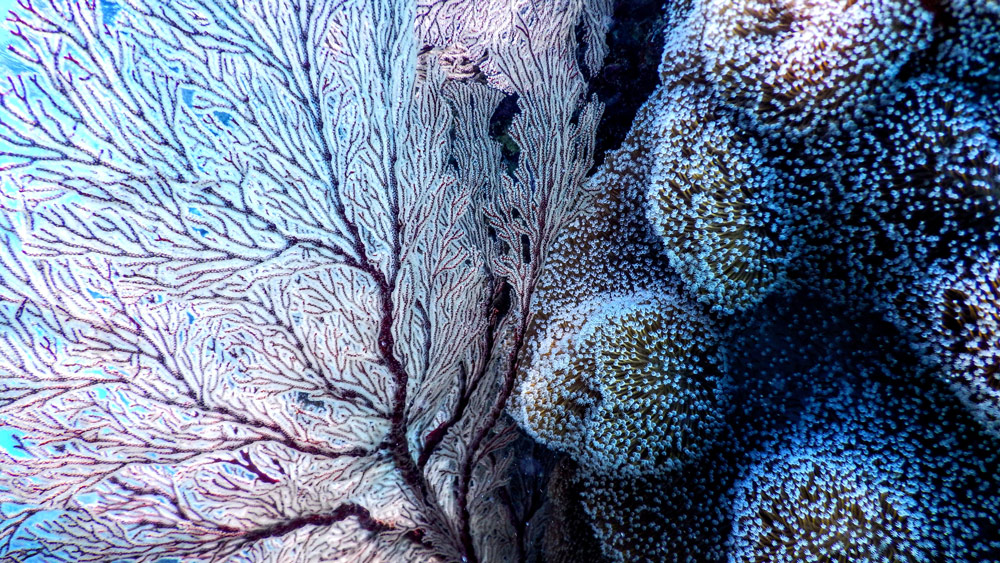Neuroplasticity and Flow training: How we can use the adaptability of the brain to find Flow states
Download the Flow Lab app
Flow Lab is your AI-powered mental fitness app that helps you experience the highly productive Flow State more often. So get your 7-day free trial and train your mind with science-backed guided and personalized meditations: ![]()
![]()
This article was written by Flow Lab’s Head of Content and MSc. psychologist Eva Siem. She studied at the University of Groningen (NL) and is specialized in the area of performance and motivational psychology. In her articles, she combines findings from psychological research with practical tips from her experience as mental fitness coach and workshop trainer.
The adult brain weighs around 1300 grams. 1300 grams of complex neural networks that work together to enable any kind of experience. Anyone who believes that these networks are static and will stop developing once formed has probably never heard of the principle of neuroplasticity: It describes that the brain changes with experience. Here’s what you need to know about the adaptability of the brain and how neuroplasticity can help us find more Flow.
How does our brain work?
The brain consists of countless nerve cells, the so-called neurons. Each neuron consists of a cell nucleus, a thin fiber (the axon) and a synapse. The synapse is the interface of a neuron to a neighbouring nerve cell through which communication and information transfer takes place. You can think of it like this: Every thought, every action and every feeling activates thousands of neurons that convert information into an electrical impulse. This travels down the axon to the synapse, which transmits the information to neighbouring neurons through chemical messengers (also called neurotransmitters). Hence, huge neuronal networks are active in everything we do, think and feel.

Neuroplasticity: The brain changes with experience
It’s not inborn and static which synapses form and which neurons “fire”, i.e. transmit their electrical impulses. It’s also the environment and our experiences that influence that. The extreme case of Michelle Mack shows how adaptable our neurons are: She suffered a stroke while still in the womb, which is why she didn’t develop a left brain hemisphere. However, this was only discovered at the age of 27. Despite some limitations, the most important functions of the missing areas seemed to have been taken over by the right side of the brain! The neurons adapted so that she could live a fairly independent life – with only one brain hemisphere.
“Neurons that fire together, wire together”.
Neuroplasticity describes the brain’s ability to adapt depending on its usage. It works according to the principle: “Neurons that fire together, wire together”. In other words, the more often we do, think or feel certain things, the stronger the corresponding synaptic connections become. And the stronger the connection, the faster and more automated we recall the same actions, thoughts and feelings in the future. Even after a stroke, as in Michelle Mack’s extreme example, neurons can adapt and thereby facilitate the development of certain abilities.
Neuroplasticity in the adult brain
However, not every experience changes our brain, especially not as an adult. Under the age of 25, our nervous system is still connected very broadly. There’s a lot of space between the neurons in a young brain, which makes it a “plasticity machine”: The neurons can easily move around and form new connections. But as we get older, this extracellular space is filled up with so-called glia cells and extracellular matrices. You can think of concrete being poured between rocks. Therefore, it’s incredibly hard to change the adult nervous system.
As a child, the mere exposure to a sensory event can create plasticity. Yet as an adult, we have to deliberately expose ourselves to a learning experience and bring our full attention to whatever it is that we want to change. More specifically, the adult brain needs two neurochemicals that open up the gate to neuroplasticity:
The first one is adrenaline, which is a hormone that brings us in a state of alertness. This doesn’t mean that neuroplasticity only occurs when we are stressed. Nonetheless, we do have to identify the reasons behind the things we want to reach, because some sort of internal energy is necessary to release adrenaline in our brain. The second mandatory neurochemical is called acetylcholine. To increase this type of neurotransmitter it is essential to remain focused. Again, for optimal focus we have to be consciously aware of the change we want to make.
We have to identify the reasons behind the things we want to reach, because some sort of internal energy is necessary to release adrenaline in our brain and trigger neuroplastic changes. Click To Tweet
Train your mind to build those “neuro muscles”
So, if we keep these principles in mind, we can indeed compare neuroplasticity to physical fitness training. Imagine you want to build muscles. The more you train, the more they will grow. If your muscles are already strong, you will find it easier and easier to use them. But as soon as you stop training, your muscle mass will decrease again. Similarly, your thoughts, feelings and actions are reflected on a neuronal level. Every day, your experiences influence how neural networks develop and which connections are strengthened or weakened. For example, if you are too anxious to try something new, these neuronal connections are strengthened. This promotes feelings of anxiety in a similar situation in the future again. With a mental fitness training tailored to your individual needs, however, positive mental habits and their corresponding connections can also be strengthened and thereby help you, for instance, to gain more self-confidence, positivity and composure.
Neuroplasticity can be compared to physical fitness training: The more you train, the more the "neuro muscles" will grow. And the stronger these muscles, the easier you will find it to use them.
Is the personality malleable?
In psychology, opinions differ as to whether or not the personality can be changed. While personality was traditionally viewed as genetically determined, an increasing number of scientists think the opposite by now. Genes seem to be responsible for 40-60% of the variance between individuals for all personality traits. But this also means that 40-60% are changeable! For example, psychologist Carol S. Dweck developed the theory of the fixed and growth mindset, thereby challenging the traditional approach. She believes that personality depends not only on genetic predispositions, but also on the experiences and the implicit belief systems we have internalised. According to more recent research, personality traits can even be changed through digital interventions (Stieger et al., 2021) and volitional means (Hudson & Fraley, 2015).
So for sustainable, long-lasting changes, the best way is to start with changing the belief systems and training your mind on a regular basis so you can make use of neuroplasticity and find also Flow more often.

How you can use neuroplasticity to find Flow and be more productive
As we’ve seen, the brain can change in the long term – thanks to neuroplasticity. And that’s exactly where you can benefit from! Through intensive mental training, you can recognize implicit, negative mental and emotional habits and actively change them into positive ones. What may feel like work at first will come naturally after a while, because the neuronal connections are strengthened with every practice. In the same way, you can strengthen the mental and emotional skills and mindsets to find Flow more often in everyday life.
Use neuroplasticity to find more Flow by repeatedly strengthening productive mental and emotional habits.
Neuroplasticity in the Flow Lab training program
Positive neuroplasticity training is integrated into the Flow Lab training program. This will help you to consolidate positive thought, emotion and behavior patterns, to develop “Flow Skills” and to strengthen the corresponding neural connections. The aim is to maximize both your well-being and your productivity through increased Flow experiences. To do so, you’ll visualize and immerse yourself in the desired state. How does it feel? Where in the body do you sense any changes? With intensive mental fitness training, your neurological structure in the brain will adapt over time and it will become easier and easier for you to fall back on your Flow Skills.
However, this only works if you keep the ball rolling on a regular basis. Just as you need repetitions in sports to notice long-term effects, you also need to repeat certain mental exercises so that your brain can neuronally strengthen new, desired habits. So be patient and train your mental and emotional fitness now!
Download the Flow Lab app
Start your positive neuroplasticity training to find more Flow with the Flow Lab app. Flow Lab is your AI-powered mental fitness app that helps you experience the highly productive Flow State more often. So get your 7-day free trial and train your mind with science-backed guided and personalized meditations: ![]()
![]()
_
References:
Hudson, N. W., & Fraley, R. C. (2015). Volitional personality trait change: Can people choose to change their personality traits?. Journal of personality and social psychology, 109(3), 490.
Stieger, M., Flückiger, C., Rüegger, D., Kowatsch, T., Roberts, B. W., & Allemand, M. (2021). Changing personality traits with the help of a digital personality change intervention. Proceedings of the National Academy of Sciences, 118(8).
